Top Picks for Low-Maintenance Lizards
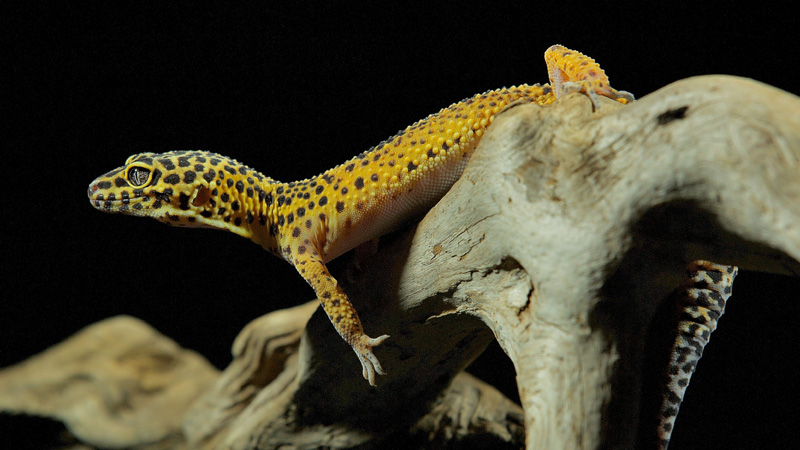
Photo by Andrey Tikhonovskiy on Unsplash
Lizards are fascinating creatures that have captured the interest of animal enthusiasts for generations. With their unique appearances, diverse behaviors, and relatively low maintenance requirements compared to other pets, lizards make fantastic companions for individuals seeking a reptilian friend. However, not all lizards are created equal when it comes to maintenance. Some species require extensive care, while others are much more low-maintenance.
In this article, we'll explore what makes a lizard low maintenance and highlight some of the best options for those looking for a reptilian companion that's easy to care for.
Maintenance Requirements
Before delving into specific lizard species, it's essential to understand what factors contribute to a reptile being low maintenance. Several key elements determine the level of care required:
Habitat Requirements: Lizards have specific needs when it comes to their habitat, including temperature, humidity, lighting, and space. Low-maintenance lizards typically have more forgiving environmental requirements that are easier to maintain.
Diet: Some lizards have specialized diets that can be challenging to replicate in captivity. Low-maintenance species tend to have simpler dietary needs that are easy to meet with commercially available food items.
Temperament: While handling and socialization are essential for all pet reptiles, some species are naturally more docile and tolerant of handling than others. Low-maintenance lizards are generally less prone to stress and more adaptable to human interaction.
Health Considerations: Certain health issues are more prevalent in some lizard species than others. Low-maintenance lizards are less susceptible to common health problems and typically require fewer veterinary visits.
By considering these factors, prospective lizard owners can make an informed decision when choosing a pet that fits their lifestyle and level of commitment.
Top Picks for Low-Maintenance Lizards
Several lizard species stand out as excellent choices for individuals seeking a low-maintenance pet. Let's explore some of the most popular options:
1. Leopard Gecko (Eublepharis macularius)
Leopard geckos are beloved for their gentle temperament, ease of care, and striking appearance. These lizards are native to the deserts of Pakistan, where they inhabit rocky terrain and sandy areas. Leopard geckos are crepuscular, meaning they are most active during dawn and dusk, making them well-suited for owners with busy daytime schedules.
Habitat Requirements: Leopard geckos require a relatively simple setup compared to other reptiles. A 20-gallon tank with a substrate of reptile carpet or paper towels, along with a hide, water dish, and shallow dish for mealworms, is sufficient to meet their needs. They also require a heat source to maintain a temperature gradient between 88-90°F (31-32°C) on the warm side and around 70°F (21°C) on the cool side.
Diet: Leopard geckos are insectivores and primarily feed on live insects such as crickets, mealworms, and dubia roaches. Their diet is straightforward to maintain, and they typically eat every other day.
Temperament: Leopard geckos are known for their docile nature and are generally tolerant of handling. With gentle and regular interaction, they can become quite comfortable being held by their owners.
Health Considerations: While leopard geckos are relatively hardy, they can still experience health issues such as metabolic bone disease if their dietary and environmental needs are not met. However, with proper care, these issues can usually be avoided.
2. Crested Gecko (Correlophus ciliatus)
Crested geckos have skyrocketed in popularity in recent years due to their unique appearance, low maintenance requirements, and ability to thrive in a wide range of environments. Native to New Caledonia, these arboreal lizards are known for their distinctive eyelashes and prehensile tails.
Habitat Requirements: Crested geckos are arboreal, meaning they spend most of their time in trees. As such, they require a tall enclosure with plenty of vertical space for climbing. A 20-gallon vertical terrarium with branches, foliage, and hiding spots is ideal. They also require moderate humidity levels (around 60-70%) and temperatures ranging from 72-80°F (22-27°C).
Diet: Crested geckos are omnivores and primarily feed on a diet of commercial powdered gecko food, supplemented with occasional live insects such as crickets or roaches. Their powdered diet is easy to prepare and provides all the essential nutrients they need.
Temperament: Crested geckos are generally calm and tolerant of handling, although they may be more skittish than leopard geckos. With gentle and consistent handling, they can become accustomed to human interaction.
Health Considerations: Crested geckos are relatively hardy and less prone to health issues than some other lizard species. However, they can be susceptible to stress-related ailments if not provided with adequate environmental enrichment and care.
3. Blue-Tongued Skink (Tiliqua scincoides)
Blue-tongued skinks are large, charismatic lizards known for their striking blue tongues and placid demeanor. Native to Australia and New Guinea, these ground-dwelling reptiles are popular among reptile enthusiasts for their gentle nature and unique appearance.
Habitat Requirements: Blue-tongued skinks require a spacious enclosure with a mix of substrate for burrowing, hiding spots, and a basking area. A 40-gallon tank with a mix of sand, soil, and bark, along with branches and hides, is suitable. They also require a basking spot with temperatures ranging from 90-95°F (32-35°C) and a cooler area around 75-85°F (24-29°C).
Diet: Blue-tongued skinks are omnivores and have a varied diet that includes vegetables, fruits, insects, and occasionally small vertebrates. They are not as insect-dependent as some other lizards, making them easier to feed a balanced diet of commercially available vegetables and fruits.
Temperament: Blue-tongued skinks are known for their docile and friendly nature, often becoming quite tame with regular handling. They are generally comfortable being held and enjoy interacting with their owners.
Health Considerations: Blue-tongued skinks are relatively hardy, but like all reptiles, they can be susceptible to health issues such as respiratory infections or metabolic bone disease if their environmental and dietary needs are not met. Regular veterinary check-ups and proper husbandry are essential for maintaining their health.
Conclusion
Choosing a low-maintenance lizard can provide the joy of pet ownership without the added stress of demanding care requirements. Leopard geckos, crested geckos, and blue-tongued skinks are just a few examples of lizards that are well-suited for individuals seeking a reptilian companion that's easy to care for. By understanding the habitat, dietary, temperament, and health considerations of different lizard species, prospective owners can make an informed decision and enjoy the rewards of responsible reptile ownership for years to come.
You May Also Like
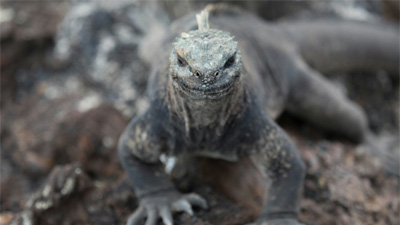 Other PetsExploring the 6 Smartest Reptile Pets
Other PetsExploring the 6 Smartest Reptile Pets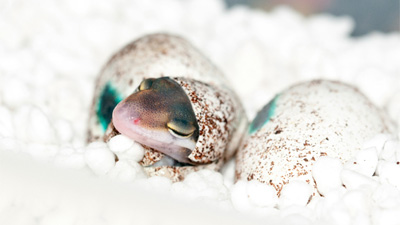 Other PetsThe Genetics Wizard: Exploring Leopard Gecko Genetics
Other PetsThe Genetics Wizard: Exploring Leopard Gecko Genetics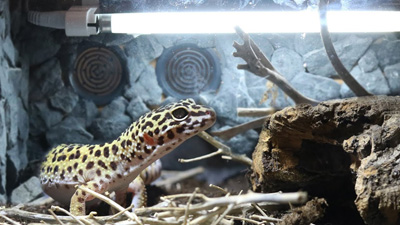 Other PetsDo Leopard Geckos Need UVB? Yes!
Other PetsDo Leopard Geckos Need UVB? Yes!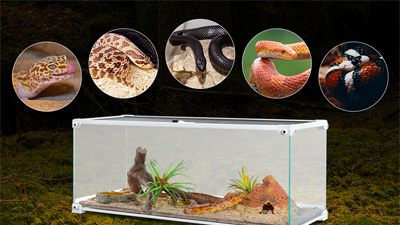 Other PetsIs a 20-Gallon Tank Big Enough for a Snake?
Other PetsIs a 20-Gallon Tank Big Enough for a Snake?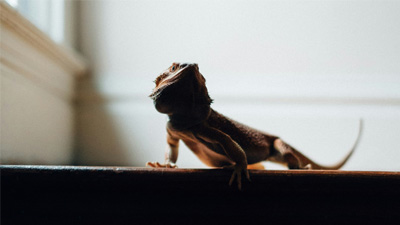 Other PetsThe Top 5 Characteristics of Reptiles
Other PetsThe Top 5 Characteristics of Reptiles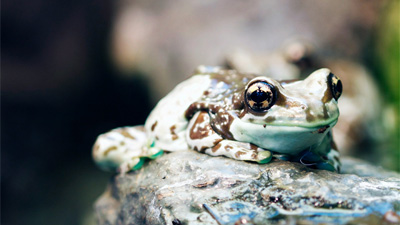 Help & AdviceExploring 10 Easiest Exotic Pets to Take Care Of
Help & AdviceExploring 10 Easiest Exotic Pets to Take Care Of